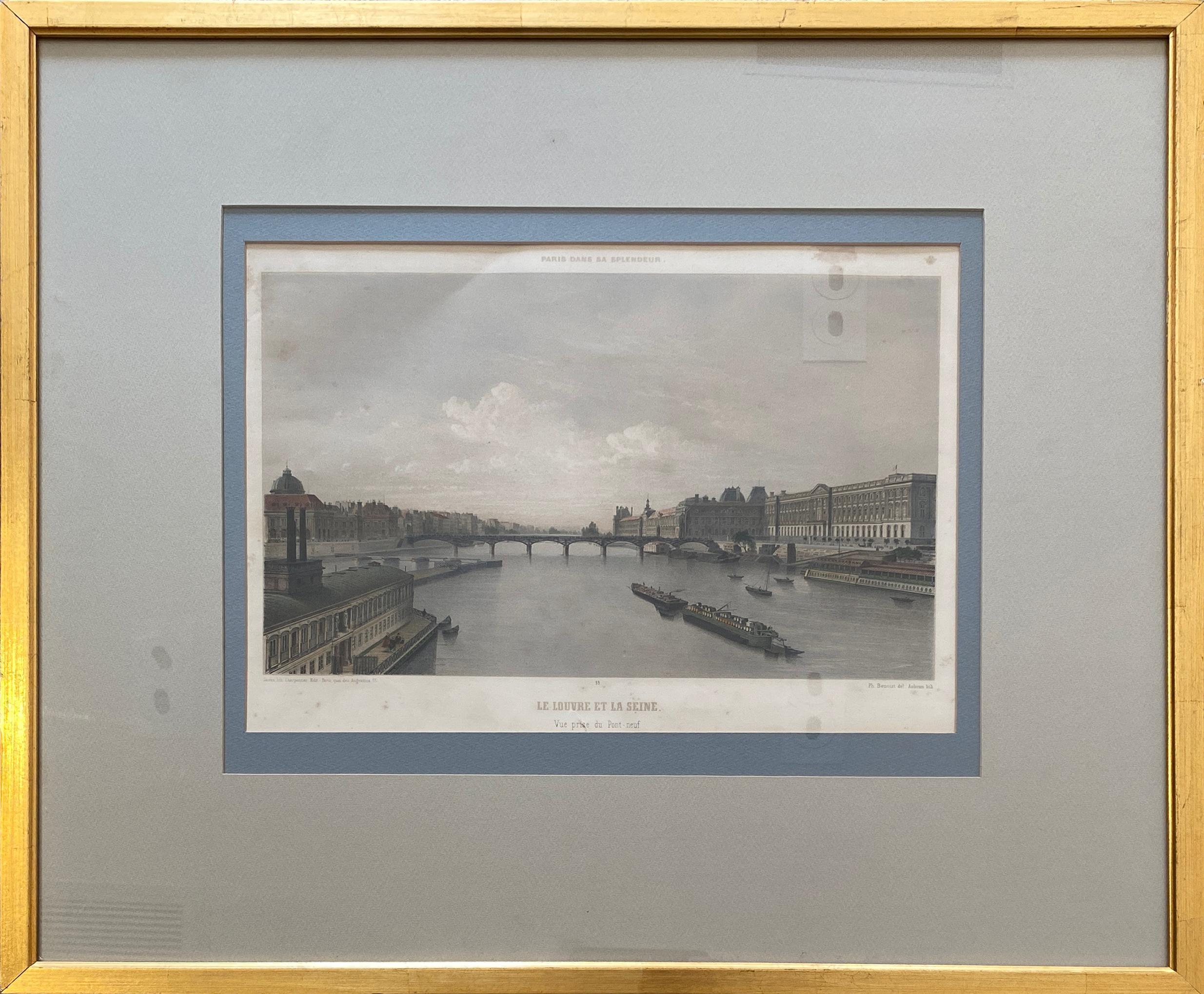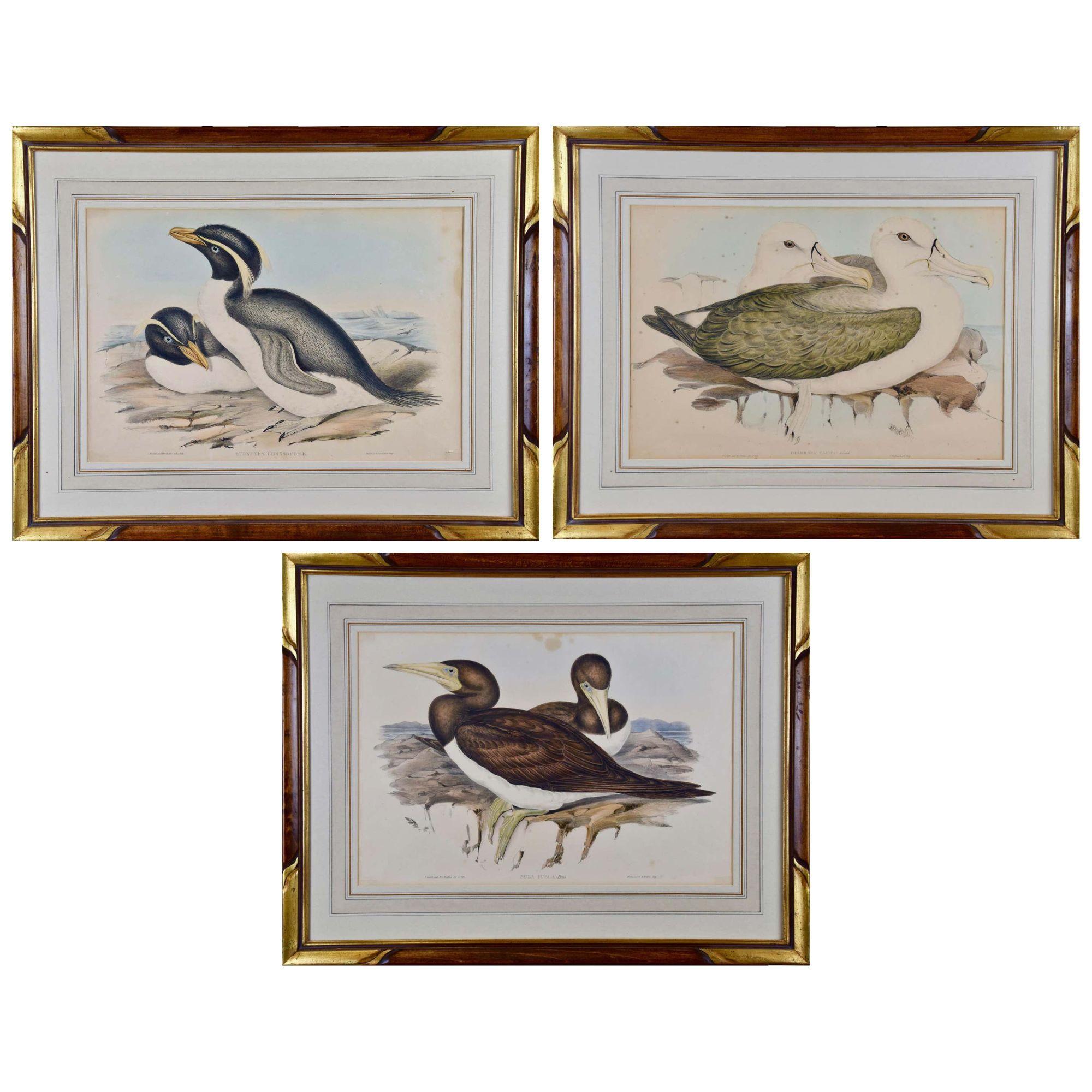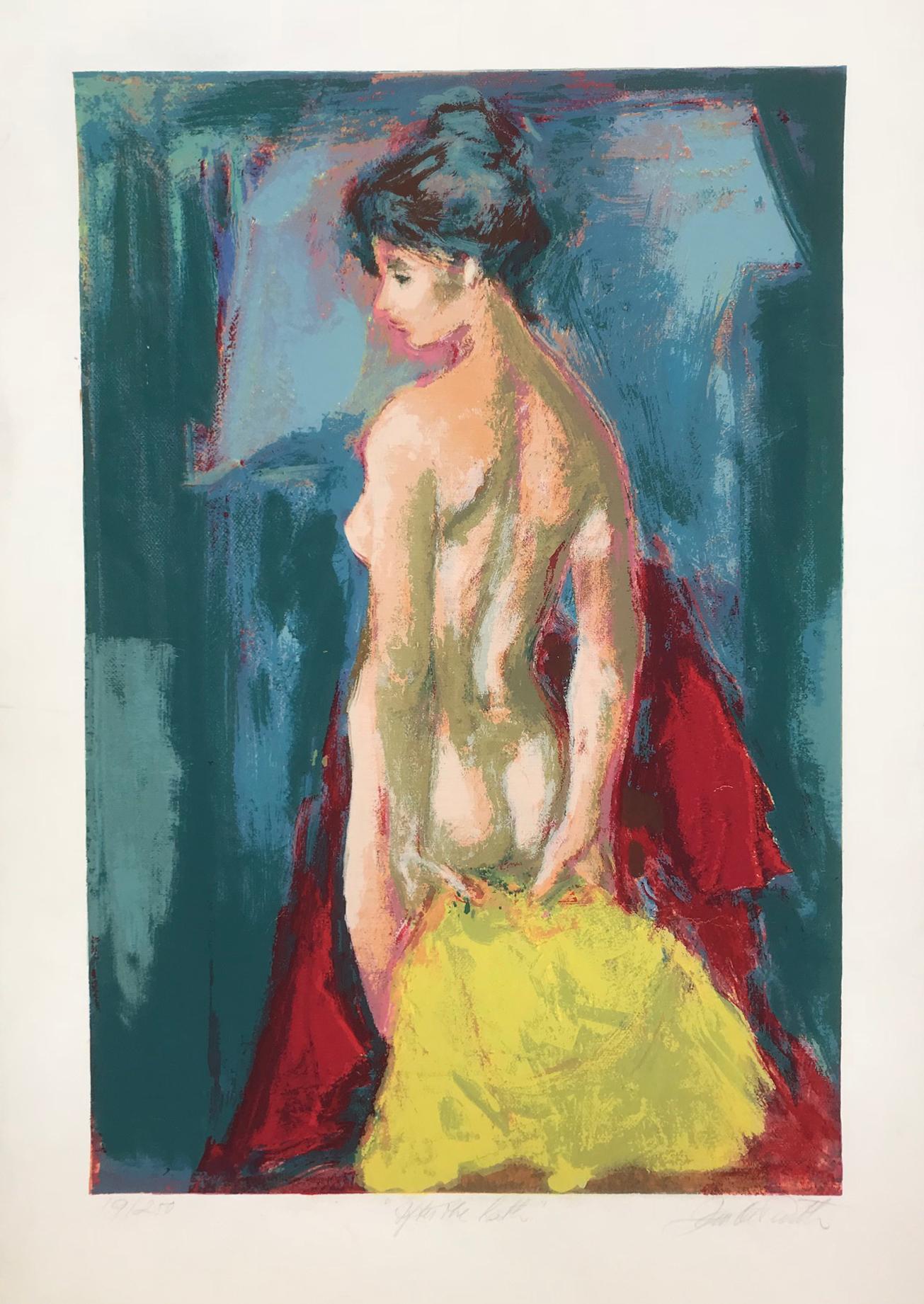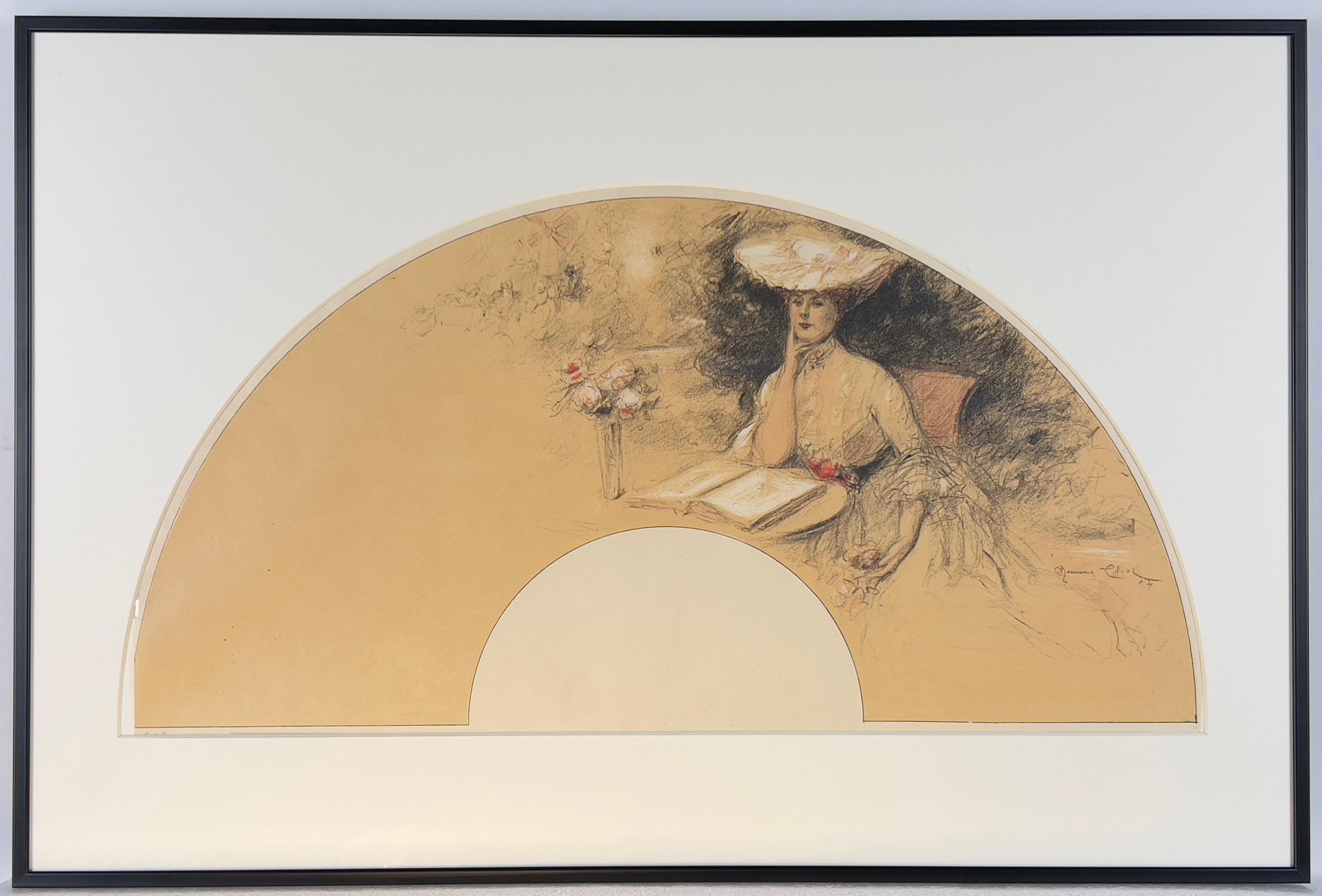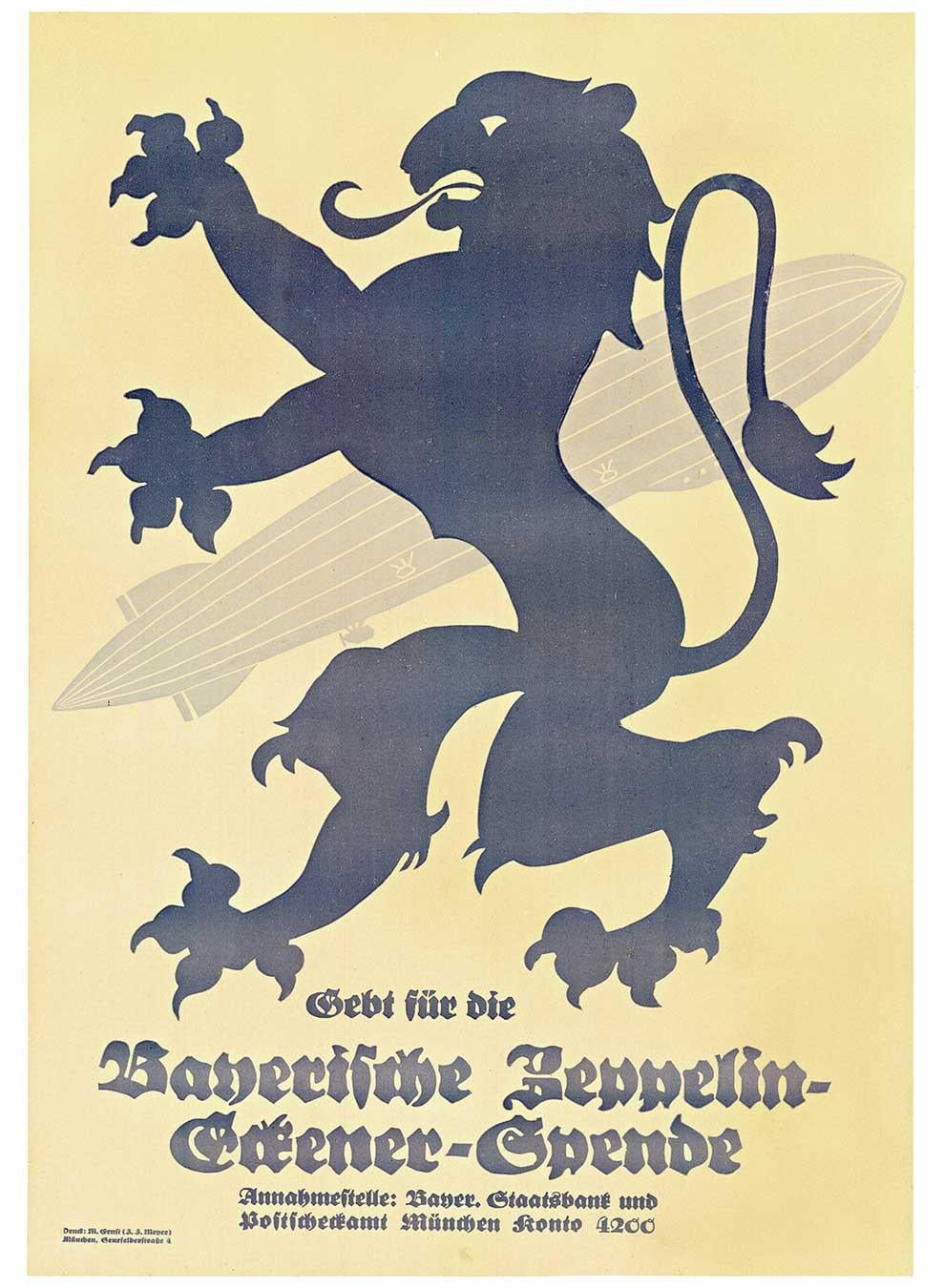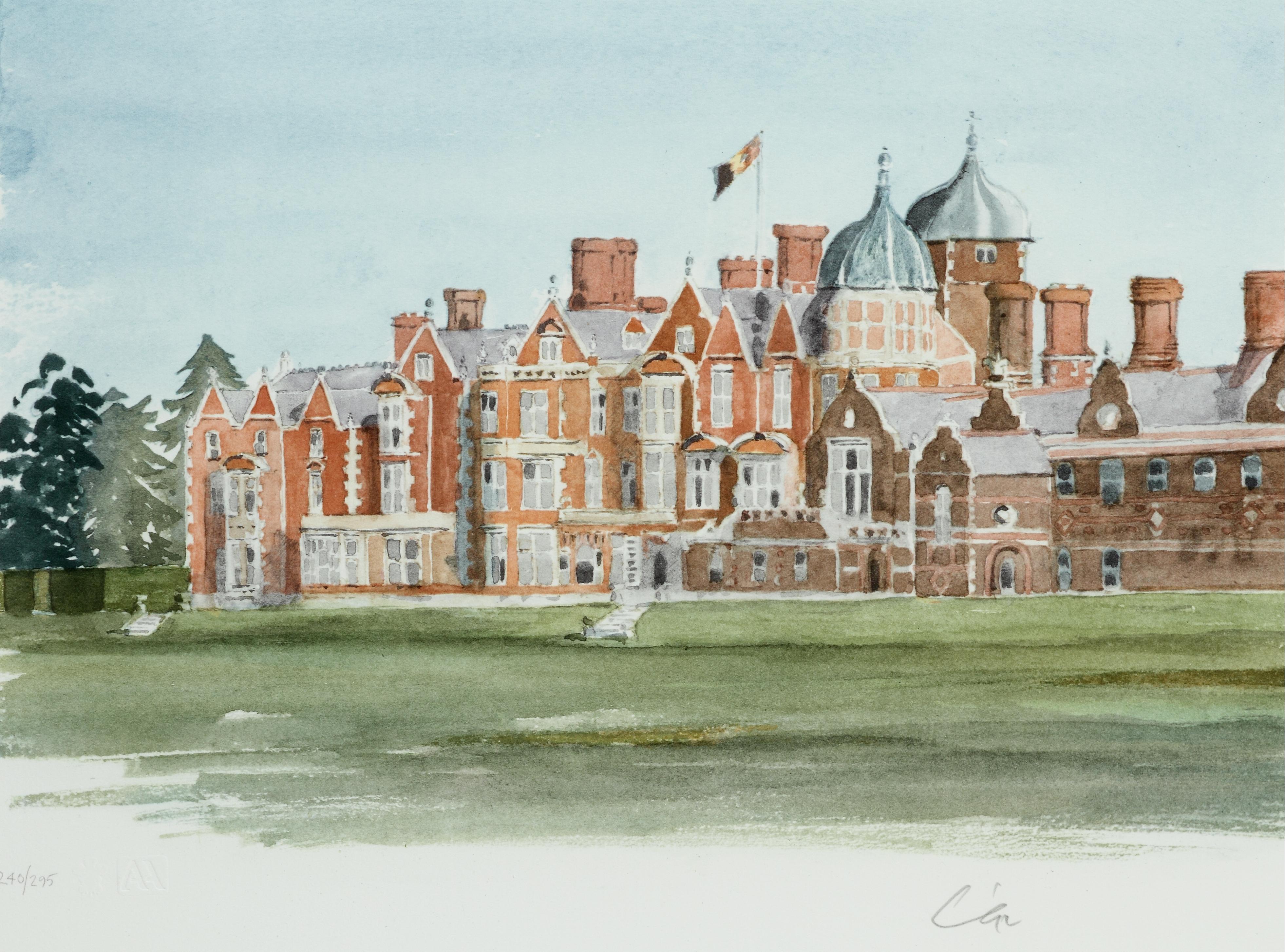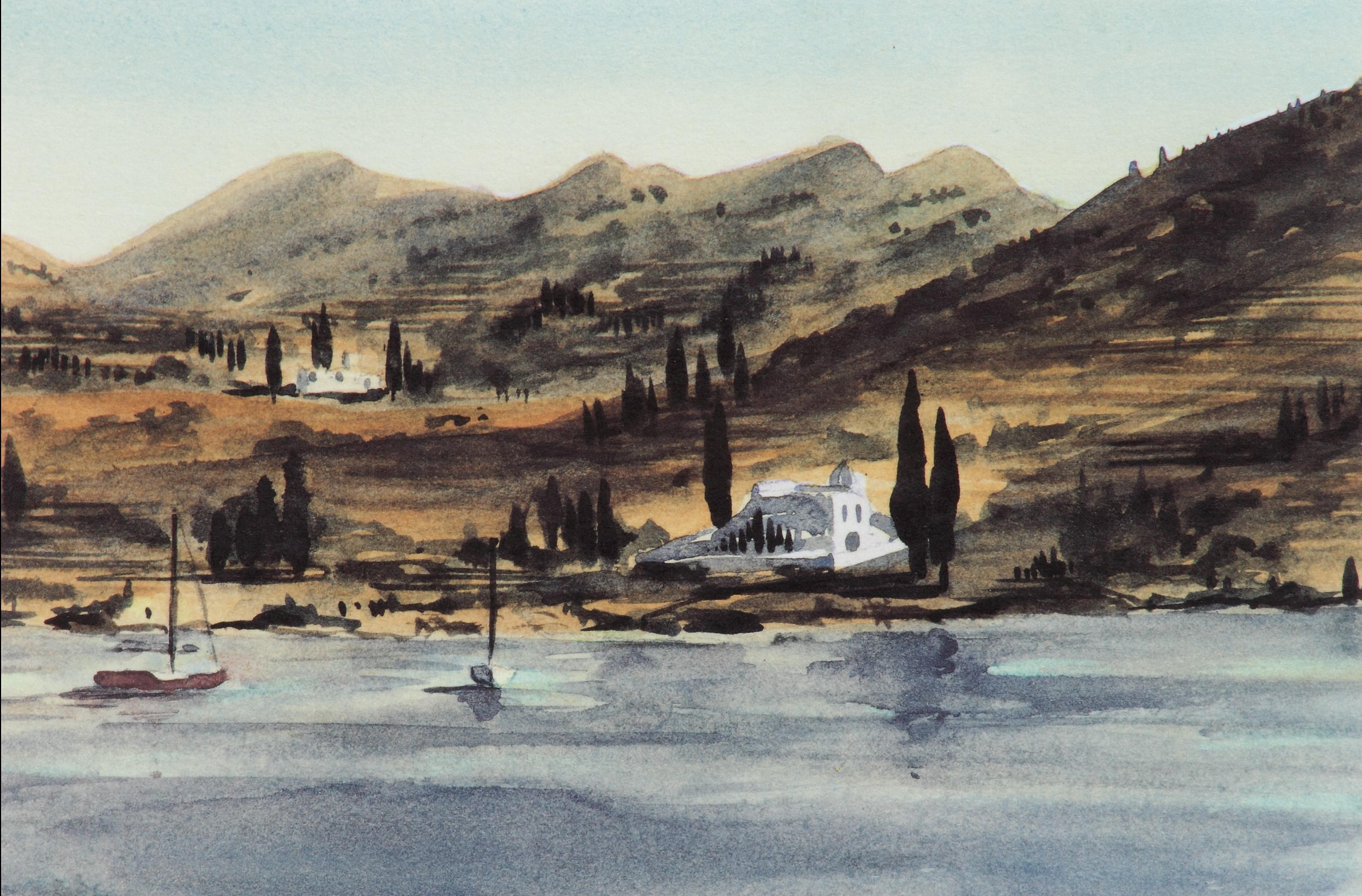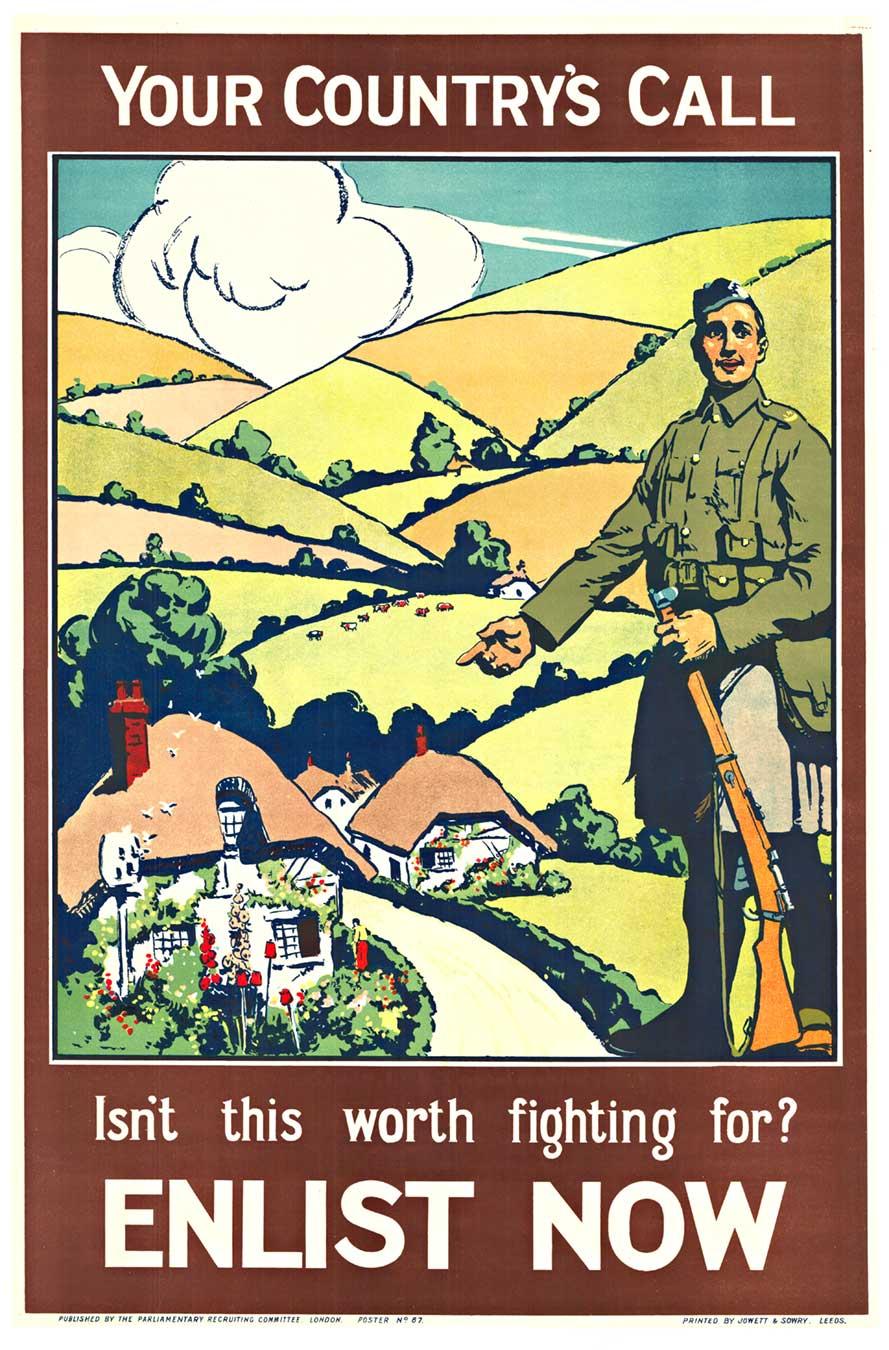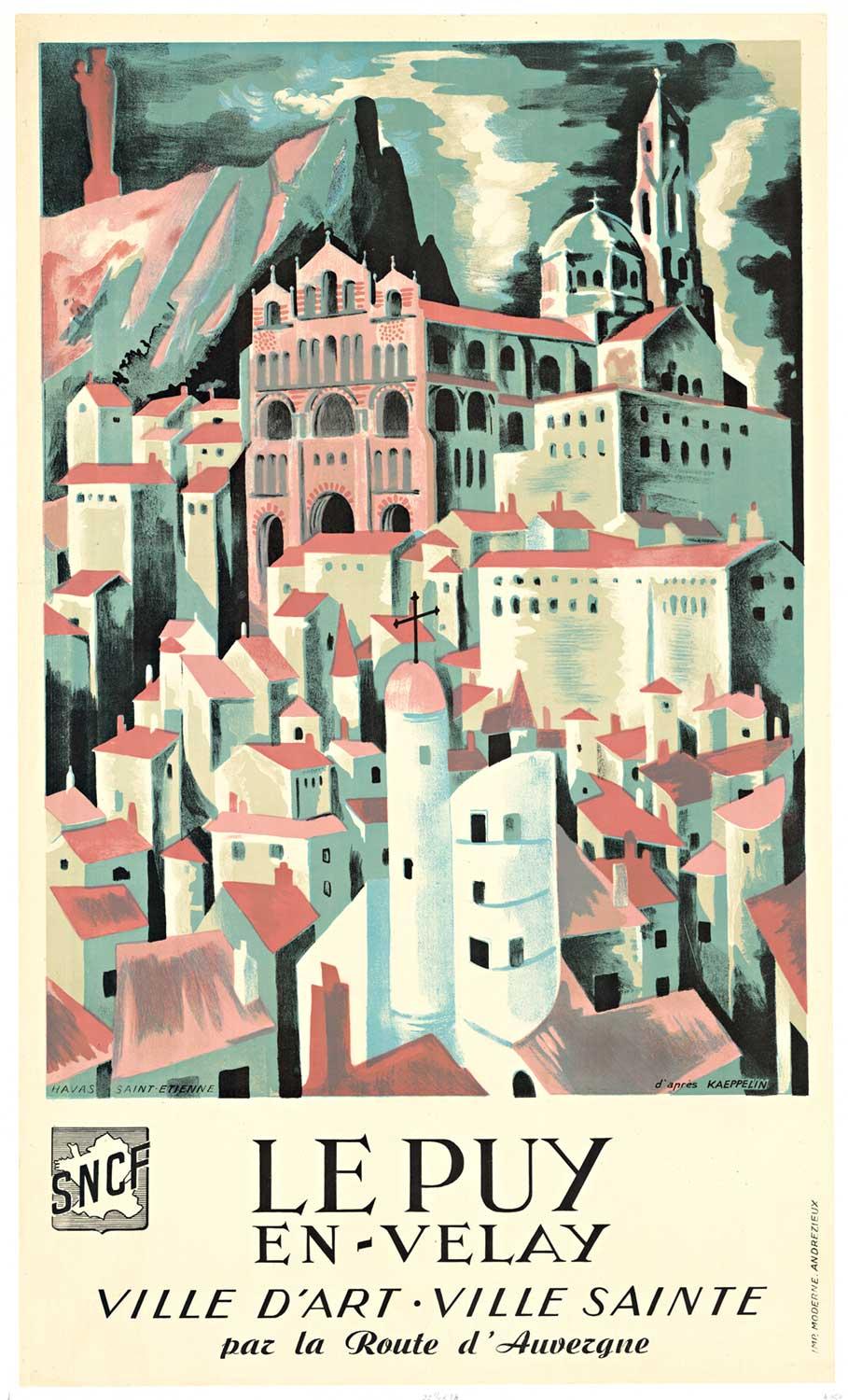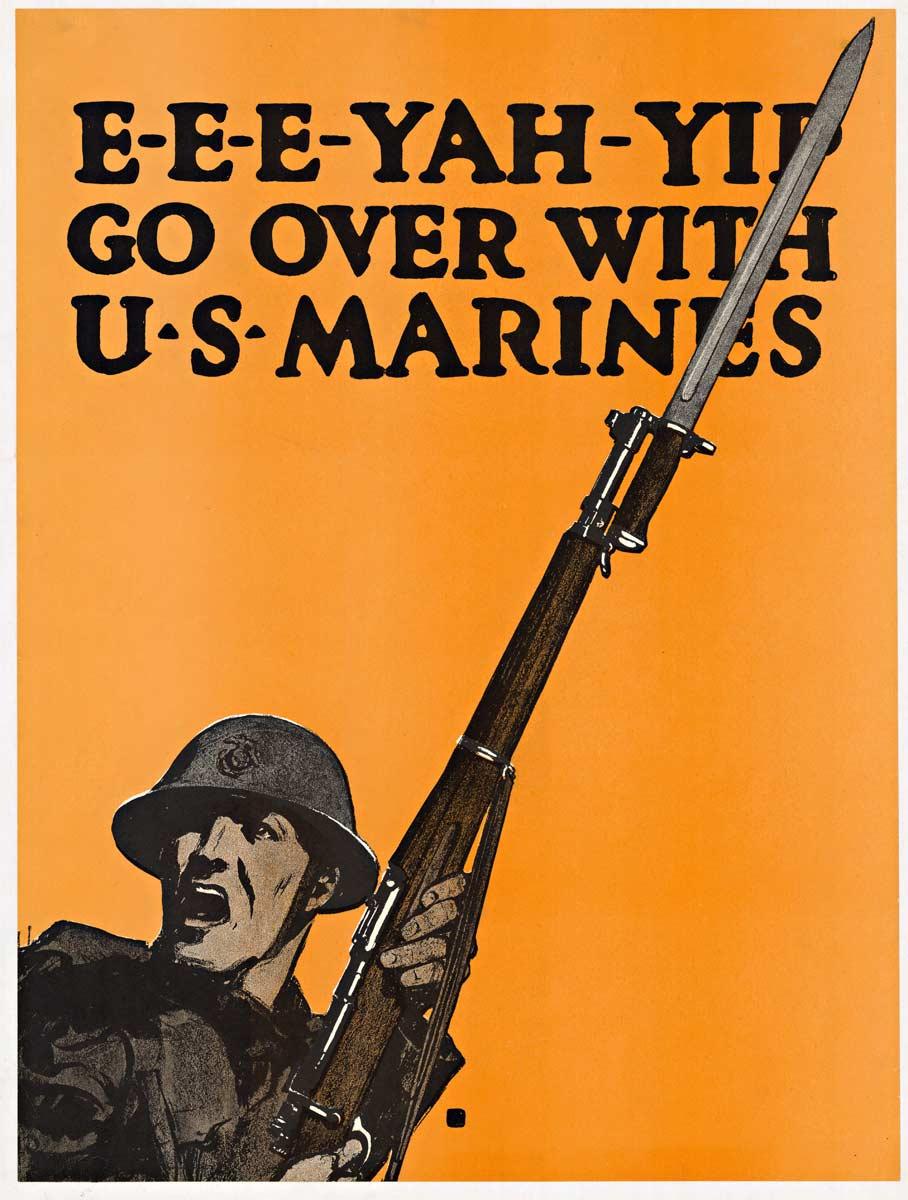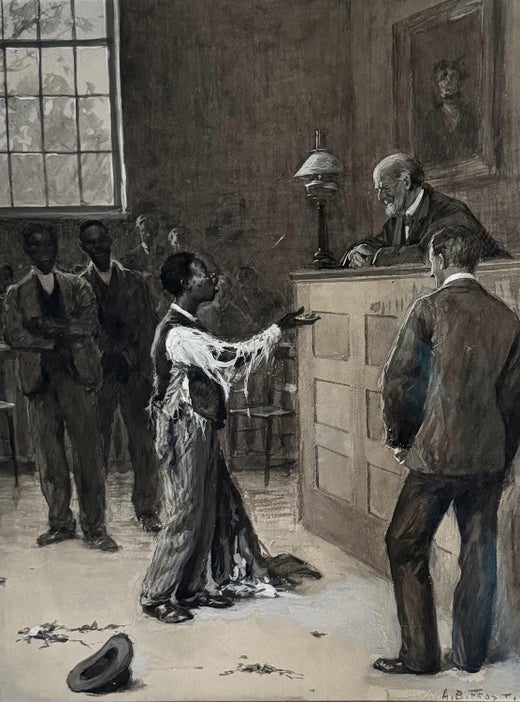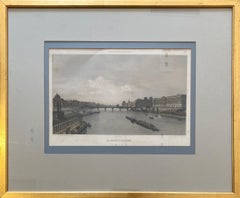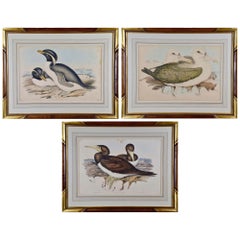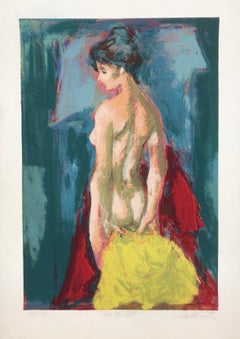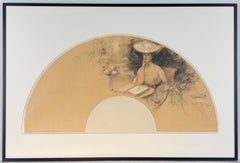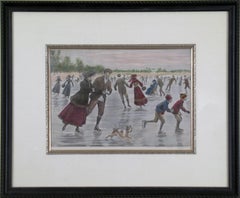
Ice Skating
View Similar Items
1 of 8
Arthur Burdett FrostIce Skating1904
1904
About the Item
- Creator:Arthur Burdett Frost (1851 - 1928, American)
- Creation Year:1904
- Dimensions:Height: 18 in (45.72 cm)Width: 22 in (55.88 cm)Depth: 0.1 in (2.54 mm)
- Medium:
- Movement & Style:
- Period:
- Condition:
- Gallery Location:Florham Park, NJ
- Reference Number:Seller: 2020 10-27-201stDibs: LU6526967762
Arthur Burdett Frost
A famous illustrator and sporting artist, Arthur B. Frost is perhaps best known for his illustrations for the Uncle Remus tales by Joel Chandler Harris, as well as for naturalistic hunting and shooting prints. Many consider him to be the best illustrator of rural America. An ardent sportsman himself, many of Frosts favorite subjects were hunting, fishing, and golfing. Often his golfing subjects tended towards humor. His scenes capture the drama of the sport - a hunter poised to shoot and a dog on point - with elements often integrated into a richly detailed woodland or marsh setting. Frost chronicled aspects of America's cultural life for over five decades. From the late 19th to the early 20th centuries, his art appeared in the many books and publications of the time, including Harper's Weekly, Scribner's, and Life magazines. Frost's illustrations always evoked the essence of a setting and its mood, whether depicting the hilarious escapades of the family cat or farm dog, or the serene pastoral lifestyle of the native northeast. His sound draftsmanship was combined with an intimate knowledge of nature. Frosts details in his pictures were very specific, as though drawn on the spot, and done in a very convincing manner. In the preface and dedication by Harris of his book Uncle Remus, Harris wrote of Frost "you have conveyed into their quaint antics the illumination of your own inimitable humor, which is as true to our sun and soil as it is to the spirit and essence of the matter. The book was mine, but now you have made it yours, both sap and pith" Other well known examples of Frosts illustrations are Brer Fox and Brer Rabbit from The Tar Baby. Frost was known to have spent time in the art colony of Rockport, on the Eastern Shore of Cape Ann, Massachusetts, where he is said to have gone because of painter Gilbert Tucker Margeson. He also summered at the noted Shinnecock Hills Summer School of Art, which William Merritt Chase set up a few miles west of Southampton, New York. Shinnecock Hills became the best known of all the out-of-doors summer art schools that developed in America during the late nineteenth century, and attracted hundreds of aspiring young men and women, including Frost, Rockwell Kent, Lydia Field Emmet, and many others. Frost was red-green color blind, but it was not a great handicap since the majority of his work was reproduced in black and white. He managed to work successfully in color by reading the labels on the tubes and placing the colors in the proper order on his palette. Arthur Frost is the father of impressionist painter John Frost (b. 1890 in Philadelphia - 1937), and as a young man John studied art with his father before going on to study in Europe.
Authenticity Guarantee
In the unlikely event there’s an issue with an item’s authenticity, contact us within 1 year for a full refund. DetailsMoney-Back Guarantee
If your item is not as described, is damaged in transit, or does not arrive, contact us within 7 days for a full refund. Details24-Hour Cancellation
You have a 24-hour grace period in which to reconsider your purchase, with no questions asked.Vetted Professional Sellers
Our world-class sellers must adhere to strict standards for service and quality, maintaining the integrity of our listings.Price-Match Guarantee
If you find that a seller listed the same item for a lower price elsewhere, we’ll match it.Trusted Global Delivery
Our best-in-class carrier network provides specialized shipping options worldwide, including custom delivery.You May Also Like
'Le Louvre et La Seine, ' by Phillipe Benoist, Four-color Lithograph
By Philippe Benoist
Located in Oklahoma City, OK
This is a beautiful four-color lithograph of the Louvre by the Seine by Philippe Benoist. It is double-matted in light blue with a gold tone wooden frame.
Phillip Benoist was a p...
Category
19th Century Academic Landscape Prints
Materials
Lithograph
Three Gould Hand-colored Lithographs from Birds of Australia and New Zealand
By John Gould
Located in Alamo, CA
Three hand-colored lithographs from John Gould's seven volume book "The Birds of Australia", which included New Zealand, depicting: pairs of "Eudyptes Chrysocome" (New Zealand Rock-hopper Crested Penguins), "Diomedea O Thalassarche Cauta" (Australian Shy Albatross) and "Sula Fusca" (Brown Gannets).
These beautiful sea bird prints are presented in identical very attractive brown wood frames, embellished with gold highlights in the corners and gold inner trim, along with light cream-colored French mats, each with a medium cream-colored band and a gold highlight line. There is scattered spotting. There is a small tear in the lower right corner of the penguin lithograph...
Category
1840s Academic Animal Prints
Materials
Lithograph
After the Bath (Edition 19/250)
By Jan De Ruth
Located in New York, NY
Jan De Ruth (American/ Czech, 1922-1991), " After the Bath" Edition 19/250, Figurative Lithograph on Paper signed and titled in Pencil, 30 x 21 (Image: 25 x 15.50), ca. 1970s, Late 20th Century
Colors: Blue, Yellow, Red, Grey, White, Purple
Jan De Ruth enjoyed special popularity as a portrait artist and has become one of the best known painters of the nude female in the world today.
It's a long way from sketching in leftover coffee to painting a portrait of Ethel Kennedy for the cover of Time Magazine, twenty-five years in fact; and during that period, Jan De Ruth's personal experiences have been enough to fill two ordinary lifetimes. Through them all, art has sustained him and been his primary interest.
To begin with, De Ruth, a native of Czechoslovakia and now an American citizen, spent the years of World War II being shunted through 5 different concentration camps, including the infamous Auschwitz. He made four escape attempts and finally made good on his fifth try.
De Ruth constantly sought materials with which to draw, but "The only things we had were the few pieces of cloth we wore," he recalls. By chance, he was transferred to Germany as part of a labor detail and managed to sneak a pencil away from the camp supervisor-"I became a perfect thief during those years," he says. Jan drew a mother and child on a scrap of paper he scrounged from the factory where he worked, filled it in with shadings of coffee in various strengths-his finger was his brush. He exchanged the sketch for a piece of bread from a camp guard, and in effect, sold his first painting.
In March of 1945, after being transferred to his native Czechoslovakia, he made his successful escape "knowing every step of the way." After the war, De Ruth became the commissar in a small Czech town and remained in the post for one year, just long enough to forge some documents that allowed him to flee to England. He took up residence in London and enrolled at the Ruskin Art School in Oxford University. He arrived in the USA in 1948.
There are times in the life of a painter when his dedication to his art is overshadowed by the immediate requirements of self-preservation. This was one of those times! From '48 to 1955 he supported himself by working at night, earning his way painting designs on neckties and bathroom cups; as a fashion designer, illustrator, vacuum cleaner salesman, theatre manager, and actor. In '55 Jan De Ruth made his professional debut as a full-time artist and two years later his first one-man show established him as a serious painter.
His work has been acclaimed for combining the technique of the old masters with a modern manner, and has been exhibited in more than 40 one-man shows in galleries and museums across the United States. He has been judged positively by juries in 28 national exhibitions and his numerous awards include the Purchase Prize of the Butler Institute of American Art, and the Gold Medal of the National Arts Club.
De Ruth, author of the books "Portrait Painting" and "Painting the Nude," has devoted his entire life to painting the female face and form. He enjoys special popularity as a portraitist and has become one of the best known painters of the nude female in the world today. Often asked why he concentrates on this most demanding of all art subjects he replies: . . . "Each painting of the nude becomes a new experience . . . It (the human figure) is nature's most perfect and most imperfect creation, communicating, even in silence and immobility, the physical and spiritual power-and frailty-of humanity."
Articulate, sophisticated, outspoken and well informed, De Ruth has also been a welcome guest on radio and television shows. But, it is painting that gives a purpose to Jan De Ruth's existence: "It is an unending challenge-there is no end, no final result-to be found in painting the human body. I have never seen two gestures that are alike, but so are the possibilities of expression. There will always be painters who will find one more way of saying: "See! This is what I feel about humans." . . . So until a greater challenge and a more profound symbol comes along, it is the human figure I wish to paint."
AWARDS
Butler Institute of American Art Purchase Prize
Oguniquit Art Center
Knickerbocker Artist 1964
Audubon Artist, Grumbacher Purchase Prize
National Arts Club of America Gold Medal
Windsor-Newton Award of the National Arts Club
ONE MAN MUSEUM EXHIBITIONS
B'nai B'rith Museum - Washington D.C.
Florida Gulf Coast Art...
Category
1970s Academic Abstract Prints
Materials
Lithograph
Projet d'éventail - Femme attablée à la lecture et danse devant le Moulin-Rouge
By Maurice Eliot
Located in BOULOGNE-BILLANCOURT, FR
Cette lithographie en forme d’éventail représente une jeune élégante de la Belle Époque, accoudée à une petite table devant un livre entrouvert et un bouquet de fleurs. Elle semble p...
Category
Early 1900s Academic Figurative Prints
Materials
Paper, Lithograph
Original 1925 Zeppelin "Bayerische Zeppelin Eckene-Spende" vintage air travel
Located in Spokane, WA
Original Germany poster: Bayerische Zeppelin-Eckener Spende. 1925. (Bavarian Zeppelin-Eckener donation). Printer: M. Grunst, München. Condition: Grade A.
The Zeppelin Eckene...
Category
1920s Academic Animal Prints
Materials
Lithograph
The Bath : Two Women Wiping - Lithograph (Petrides 1947)
By Suzanne Valadon
Located in Paris, IDF
Suzanne VALADON (1865-1938)
Two Women Wiping
Lithograph enhanced with stencil after a drawing
Signed in the plate
On Lana vellum, 32 x 25 cm (c. 13 x 10 in)
INFORMATION: Lithograph...
Category
1940s Academic Nude Prints
Materials
Lithograph
